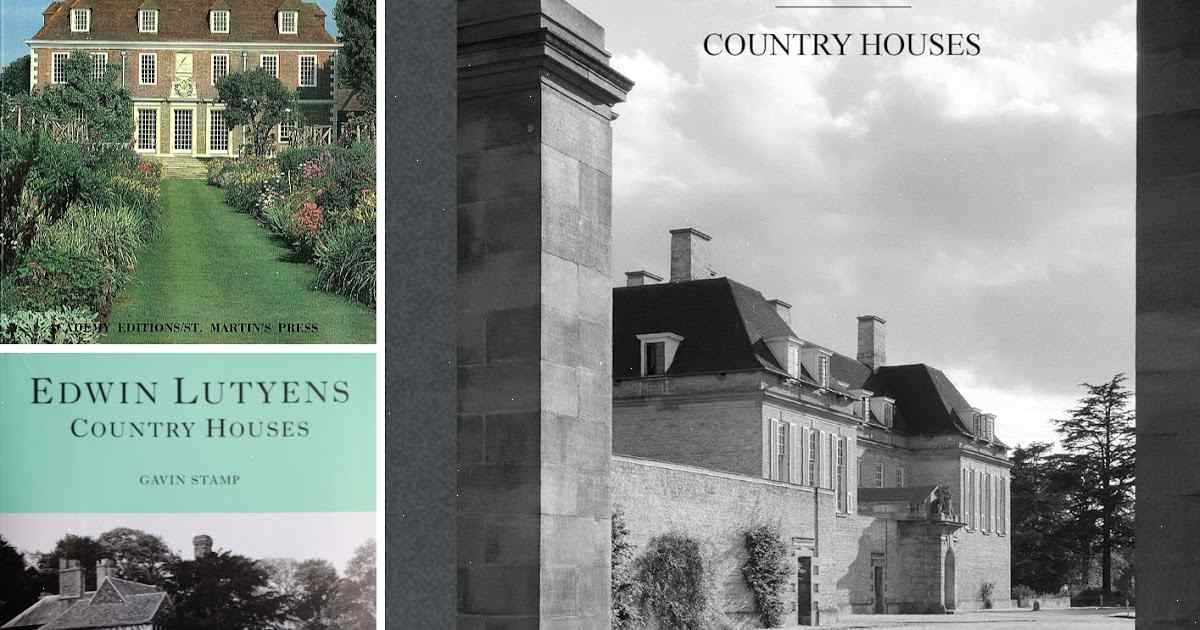As I sit sipping my morning coffee, I can’t help but think about the iconic buildings that dot the landscape of our capital city, Delhi. The imposing structures designed by Edwin Lutyens, a British architect who left his mark on India’s urban fabric, are a testament to the country’s rich history and cultural heritage. But what happens when we view these monuments through the lens of modernism? How does our perception of these buildings change when we consider their functionality, sustainability, and impact on the environment? These questions led me down a fascinating rabbit hole, and I couldn’t wait to explore the answers further.
Lutyens’ architecture is synonymous with grandeur and opulence, but how relevant is this style in today’s world? As we grapple with climate change and environmental consciousness, it’s essential to evaluate the design principles of the past and adapt them to suit our contemporary needs. This doesn’t mean disregarding the beauty and historical significance of Lutyens’ creations, but rather reinterpreting them in a way that aligns with modern values.
One of the most striking features of Lutyens’ architecture is the use of domes, arches, and columns. While these elements undoubtedly add to the aesthetic appeal of the buildings, they also pose challenges in terms of energy efficiency and maintenance. For instance, the Rashtrapati Bhavan, designed by Lutyens, has large windows and open spaces that allow natural light to flood in, making it beautiful but also resource-intensive to cool during summer months. By incorporating green technologies like solar panels, insulation, and rainwater harvesting systems, we can reduce the building’s carbon footprint while preserving its inherent charm.
Another aspect worth considering is the integration of nature into Lutyens’ designs. His buildings often feature expansive gardens and courtyards, which provide respites from the hustle and bustle of city life. Incorporating greenery into urban planning has numerous benefits, including improved air quality, reduced noise pollution, and increased biodiversity. To take this concept further, modernist interpretations of Lutyens’ architecture could include rooftop gardens, vertical forests, and living walls, blurring the lines between built environments and natural ecosystems.
The question of functionality is another critical factor in reassessing Lutyens’ legacy. Many of his buildings were designed with specific purposes in mind – government offices, residences for officials, and public institutions. Today, however, these structures might not serve their intended functions optimally. For example, the Vice Regal Lodge, now known as the Rashtrapati Nivas, was originally constructed as a residence for the Viceroy of India. With some modifications, it could become a museum showcasing India’s struggle for independence, allowing visitors to appreciate both the historical value and modern relevance of the building. Adaptive reuse projects like these would not only breathe new life into aging structures but also promote cultural exchange and education.
Finally, it’s important to acknowledge the social implications of Lutyens’ architecture. His designs often symbolized power, wealth, and authority, reflecting the colonial era’s hierarchical society. In contrast, modernist approaches prioritize inclusivity, accessibility, and community involvement. By opening up public spaces, creating pedestrian-friendly areas, and promoting mixed-use developments, we can foster a sense of belonging among diverse groups and bridge the gap between the elite and marginalized communities.
Reimagining Lutyens’ architecture isn’t a call to erase history or dismiss the artistic merits of his works. It’s an opportunity to revitalize and refresh these symbols of our collective past, ensuring they remain relevant and functional in the present. As we move forward, embracing modernist ideals in our approach to heritage conservation allows us to strike a balance between preservation and progress, honoring the past while paving the way for a sustainable, socially responsible future. And so, as I finish my coffee, I feel invigorated by the prospect of exploring fresh perspectives on Lutyens’ timeless creations, discovering new ways to celebrate their beauty and significance in our ever-changing world.

